Since you can’t predict what the next year or even the next month will bring, you have the freedom to become more self-reliant. Not in a pre-apocalyptic, last-ditch effort to ensure survival, but in a realistic attempt to ease daily life amid heightened uncertainty.
You might want to invest in an emergency garden if you are worried about impending or planned food shortages, a collapse of the currency, or the unpredictability of healthcare costs.
When you first begin planning your emergency garden, ask yourself these questions:
Do I have garden-ready soil? Can I get the seeds I need somewhere, or do I have them on hand? Will we get enough rain, or will we have to rely on irrigation? Which growing zone am I in? To what extent will compost and organic fertilizer be required? In terms of speed of growth, which plants win out?
Start with the following greens if you’re looking for the quickest results, rather than the most calories.
Arugula
It’s one of the few plants that even a beginner can successfully cultivate. You can gather as many leaves as you need each day throughout the harvest. Allow the seeds to naturally fall to the ground at the end of the growing cycle.
Rocket thrives in full sun but can adapt to dappled light.
Growing arugula begins in early spring and continues until late fall, however it may struggle in extremely hot and dry summers.
For its nutritional value, arugula has high marks for its abundance of vitamins and minerals such vitamins A, C, K, folate, potassium, and magnesium. Components crucial to maintaining a strong immune system.
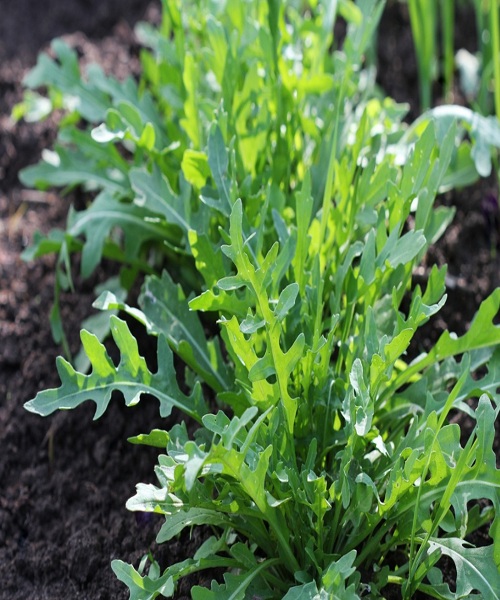
Beet Greens
Beet greens have a lot of Vitamin C, which boosts your immune system again. Keeping yourself healthy is the only way to ensure your continued existence. Beet greens also have enough iron, which is another nutrient that is good for your health. Not to mention Vitamin K, which aids in blood clotting.
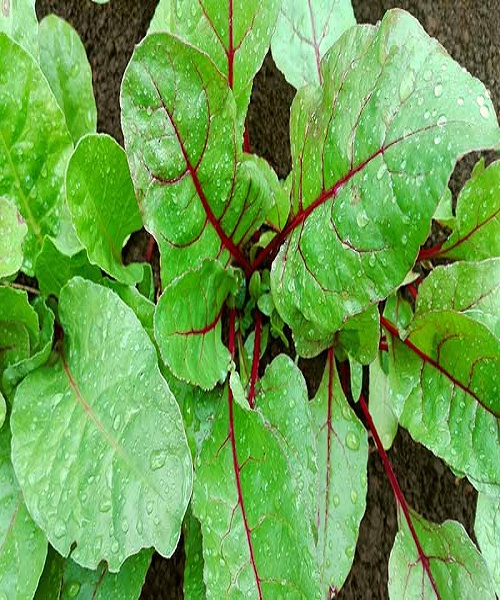
Chard
Swiss chard is another tasty leafy green. This one has to grow in the garden, especially if you reside in a cooler environment.
Chard, like most other leafy greens that can be produced in your emergency garden, is:
- rich in antioxidants
- vitamin A, C, E, and K, as well as many B vitamins
- magnesium, potassium, iron, and calcium are all abundant.
- low-calorie intake
Add it to homemade spaghetti, make a pesto, sprinkle some leaves in your smoothie, or make chard chips.
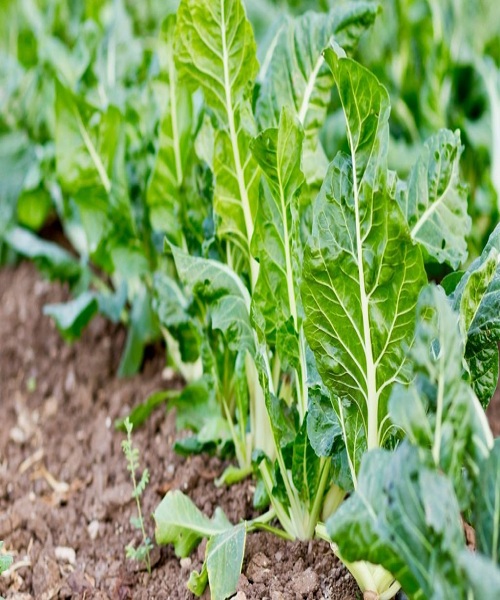
Green Onions
Green onions can be simply produced from sets and collected throughout the season.
When you want to add some greens to your meal, simply pluck some leaves, rinse them thoroughly, and serve them chopped or whole. The green onion leaves will continue to grow until the first frost.
While green onions love full light, they are also a crop that can thrive in moderate shade.
Onions can even be used as a companion plant to repel insects and other four-legged visitors.
Again, vitamins A, C, K, folate, and B-complex vitamins play important roles in keeping you healthy and strong.

Lettuce
Overall, lettuce is undoubtedly an overused and overeaten leafy green. Nonetheless, it has its advantages.
Lettuce is a cool-season crop that thrives at the start and conclusion of the growing season. It is also suitable for polyhouse or greenhouse production.
There are also different types to grow, so you won’t get tired of the same old Iceberg. Which is, by the way, one of the more difficult varieties to cultivate. Stick to leaf lettuce and scatter a few seeds here and there for a discreet harvest.
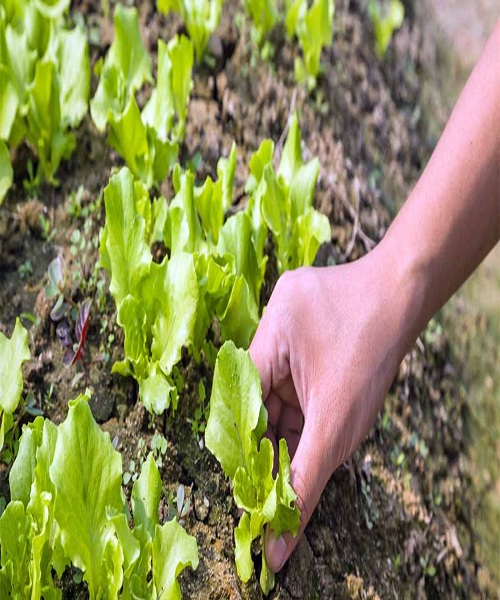
Mizuna
Apart than its delicious flavor, the most important thing to know about mizuna is that it is a biennial. This means that the roots can be left in the ground and the seeds harvested the next year.
Baby greens are ready to harvest in 20 days based on their growth rate. At roughly 40 days, whole plants are ready for harvest. Plant it indoors or outdoors, wherever works best for you.

Mustard Greens
Mustard greens are another fast-growing green to add to the list. One serving provides approximately half of your daily vitamin C requirements. Combine that with some foraged plants, and you’re all set. Mustard greens also function as an expectorant, clearing nasal passageways, decreasing sinus irritation, and lowering the risk of asthma.
Plant it, eat it, compost it, and make the most of your mustard greens. If they genuinely aid in the fight against viral diseases such as colds and the flu, you are in a win-win position.

Pea Shoots
One of the best things about them, aside from being quite easy to produce, is that they can be grown both indoors and outdoors.
Pea shoots, according to some research, can lower the risk of heart disease by fighting inflammation in the body. Even better, they are high in vitamins and minerals:
- 132% of daily vitamin K
- 35% of daily vitamin C
- 15% vitamin A
- 8.75% vitamin E
- 10% folate
- 7% riboflavin
- 5.75% thiamin
- 4.75% vitamin B-6
A huge tray allows you to cultivate a large number of plants at once. You can also sow a new batch every week or every other week, sowing only as much as you need at a time.
Harvesting time might range from two weeks to a month.
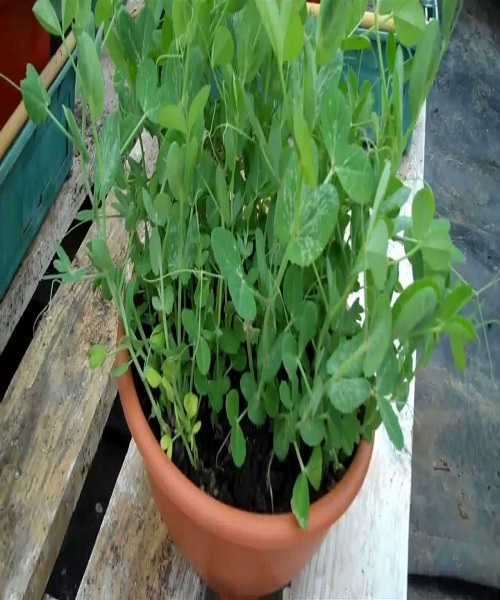
Pok Choi (also known as Bok Choy)
Bok choy is a cruciferous vegetable in the Brassica family that is also known as Chinese celery cabbage.
It is more closely related to turnips and rapini, the latter of which is discussed more below.
Because bok choy is a cool-season crop, you’ll need to know whether to grow it in early spring or late summer. When grown inside, though, the seeds sprout swiftly. At the very least, microgreens are on the menu. I cannot emphasize how nutritious sprouts and microgreens are. A burst of youthful vitality to invigorate your physique.
Vitamins C, A, K, and B6, as well as beta-carotene, will boost your vitality, as will all other leafy greens.
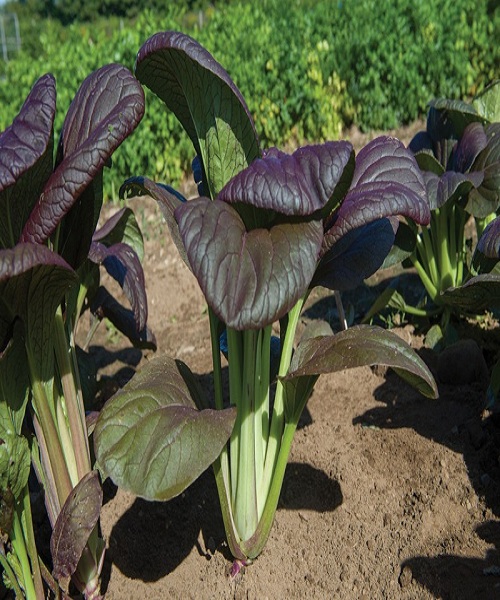
Radishes
These veggies, which can be eaten from the root tip to the seed, are an excellent addition to your emergency garden.
Keep some radish seeds on hand at all times.
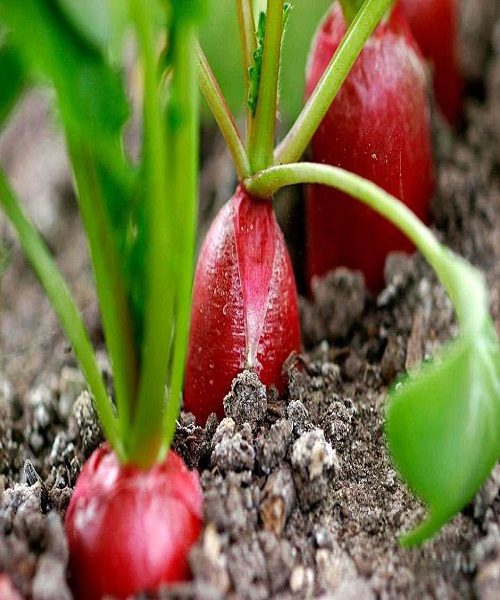
Spinach
Choose vegetables that sprout and grow quickly if you don’t have a lot of space to cultivate them. Spinach, for example, can be harvested in 35-45 days, depending on weather and type.
When the rosette has 5-6 leaves, young leaves can be picked.
Spinach receives extra points for being willing to grow in a container. In fact, it’s likely to grow better that way.

Carrots
You’ve probably noticed that fresh carrots not only taste excellent right out of the garden; simply wipe off the nutritious dirt and bite away. Carrots are also beneficial to your eyes, heart, brain, digestion, and other organs.
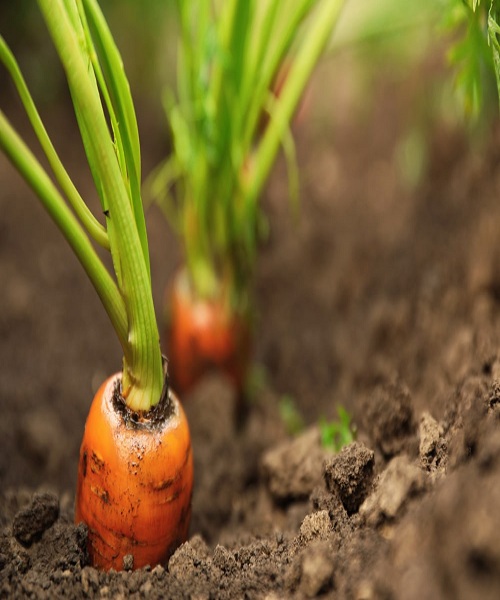
Garlic
Garlic is a common ingredient in natural health cures.
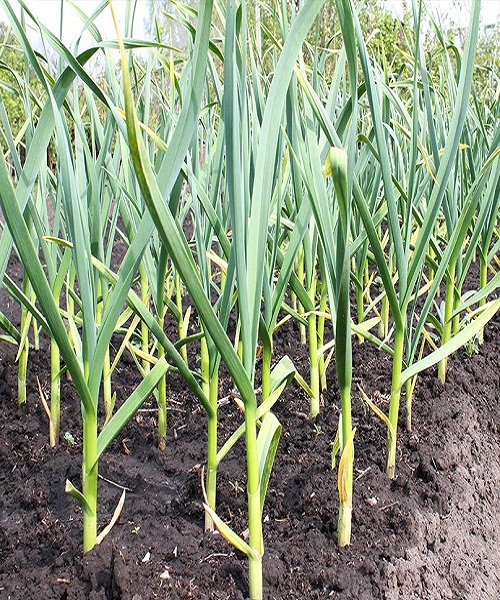
Mushrooms
Mushrooms are generally simple to grow and can supply minerals that veggies do not, such as vitamin D.

Parsley
You may either plant parsley on the counter or let it grow wild in the garden. In either case, it will supplement your diet with vitamins A, C, and K.
Parsley may be a slow grower, but it’s one of the most resilient veggies there is. In fact, they are hardy biennials that can withstand snow as long as they are covered with mulch. If you leave the roots in the ground, you may dig them up all winter long, exactly like carrots and parsnips.

Potatoes
Potatoes aren’t exactly recognized for their vitamin and mineral content. But let me tell you that eating potatoes with the skins on is beneficial to your health. Of course, they must be farmed organically.
Growing potatoes is actually fairly simple. Even better, you can grow store-bought spuds.
Burlap bags, wire cages, raised beds, no-dig gardens, 5-gallon buckets, cardboard boxes, barrels, and straw bales can all be used to cultivate them. Here, use your imagination and be creative. They will begin to grow as soon as you place them in some form of light-free growing medium.
If it doesn’t rain, you may have to supply some moisture for them.

Turnips
Turnips, in addition to bone broth, are essential for bone health. One cup of turnip greens contains a whopping 600% of the daily recommended dose of vitamin K.
Turnips can be collected in the spring, summer, and late fall if the weather permits. They benefit the heart and circulatory system, as well as iron absorption and immune system function. What’s not to love about this? They’re also delicious raw, grilled, mashed, steamed, sautéed, roasted, or boiled.

Zucchini
They do have certain drawbacks, but in general, you’ll get a lot of zucchini from just a few seeds.
If all goes well during the growth season, you may be able to save up to 500 seeds from a single fruit.
It’s as simple as this: sow some seeds in the earth, water, wait, weed, and watch them bloom. When the zucchini are 5 to 7 inches long, you can eat some of them and save the rest for later.
When a single zucchini takes several days to eat, you know you’re doing something right.
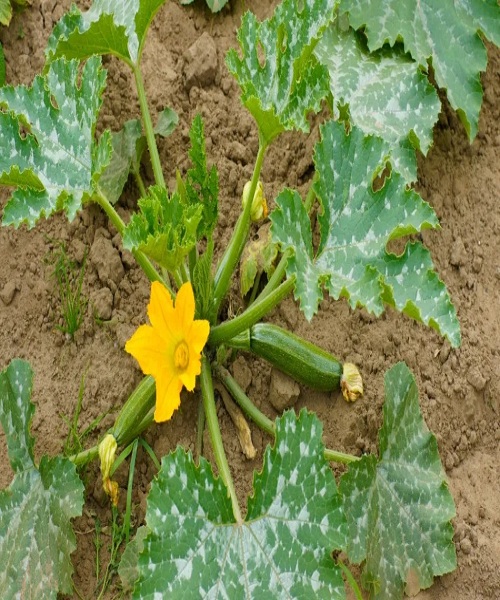
Herbs – Spice and Medicine
What if you suffer from seasonal allergies and don’t have access to a pharmacy? What about an ankle sprain, a bee sting, or a spider bite? Do you know enough basic first aid to take care of yourself in an emergency?
People have lived through much worse than what we are going through now. we’re assuming it had something to do with survival instincts, as well as knowledge of herbs.
Here are some herbs to consider growing in your emergency garden:
- Basil
- Chamomile
- Lemon balm
- Mint
- Oregano
- Rosemary
- Sage
- Thyme
- Yarrow

Planting an Emergency Garden in Containers
Did you know you can create an emergency garden out of old containers you have lying around?
Just make sure to wash and sterilize them before you plant them to make sure they are ready for good potting soil and seeds.
One of the benefits of container gardens is that you can move them around to suit your needs as well as the demands of the plants. As a result, they can be out of sight and out of mind in an instant.
Herbs can also be grown in containers, and some of them can even be grown inside on your kitchen counter.
When all else fails, many veggies can be grown from scraps
You could also replant some of your vegetables if you were in a real emergency or just liked being thrifty and seeing things grow.
Among the vegetables that can be grown from scraps are:
- potatoes
- sweet potatoes
- celery
- fennel
- onions
- carrots
- beets
- cabbages
- herbs like mint, cilantro, and basil


